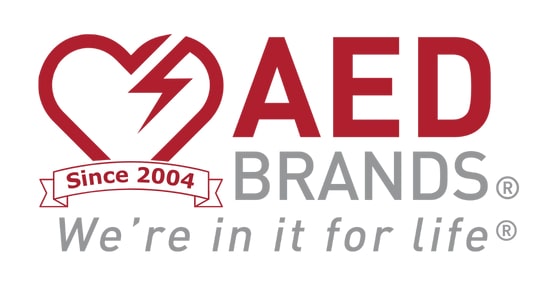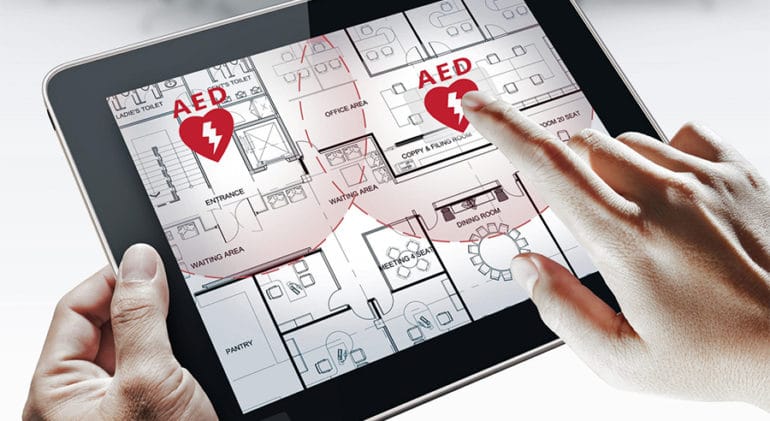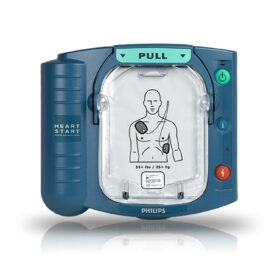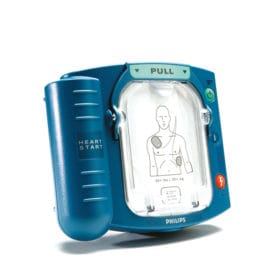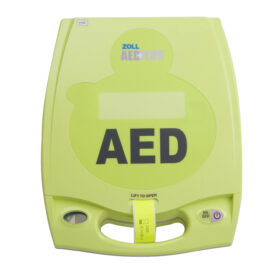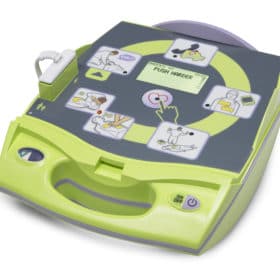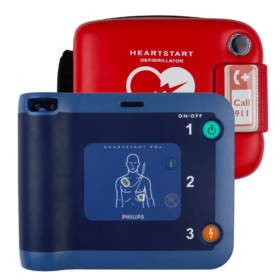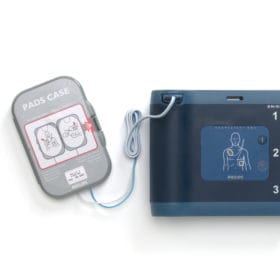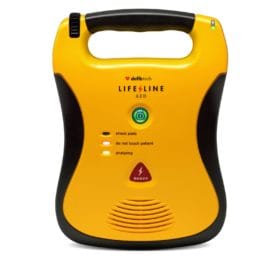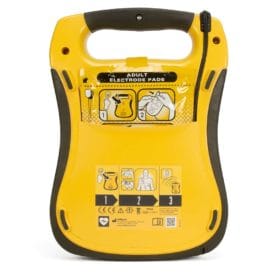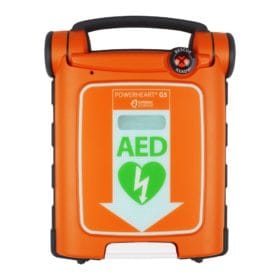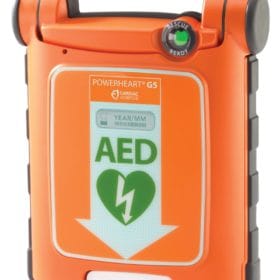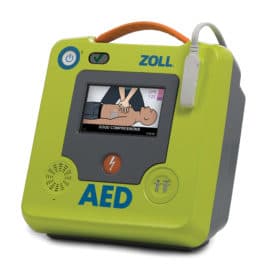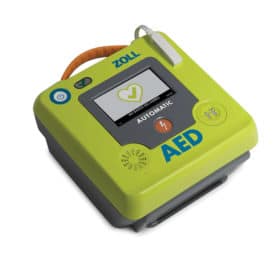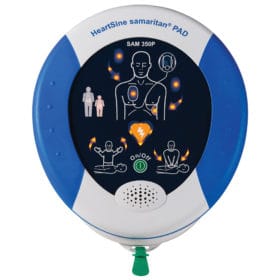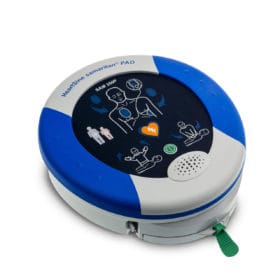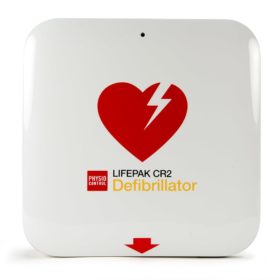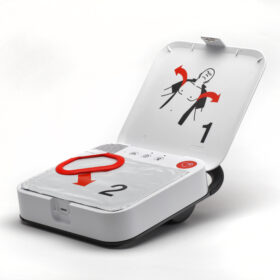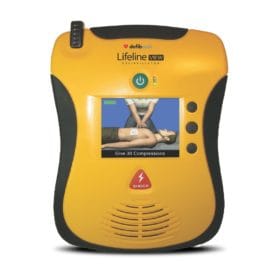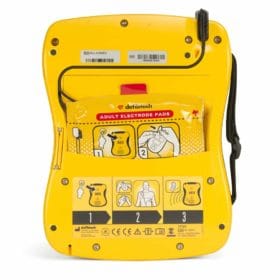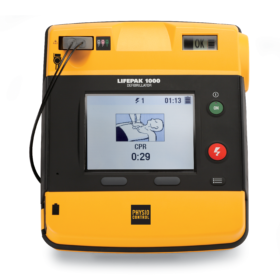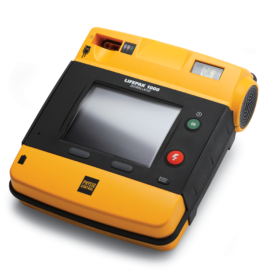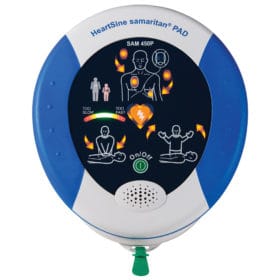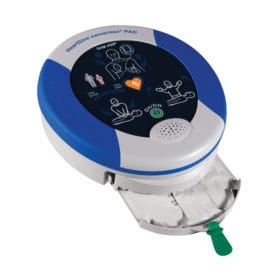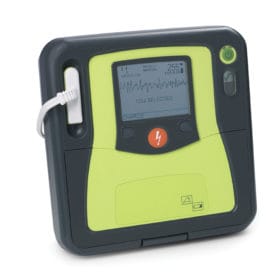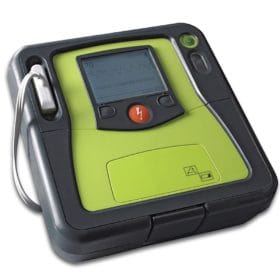Hawaii State AED Law
| Summary of Requirements | ||
| Physician | No Current Legislation | |
| CPR/AED Training | No Current Legislation | |
| EMS Notification | No Current Legislation | |
| Maintenance Program | No Current Legislation | |
| Notification of Use | No Current Legislation | |
| Good Samaritan Protection | ||||
| Rescuer | Purchaser | Property Owner | Physician | Trainer |
| No Current Legislation | ||||
HI Rev Stat § 663-1.5 – 2012 Provides Good Samaritan protection for use of an AED and establishes guidelines for AED programs. | ||||
Laws / Legislation | ||
| Reference | Date | Summary |
| HB 1747 | 2014 | Requires, by the end of the 2015-2016 school year, that: (1) Every public school, charter school, and the University of Hawaii shall have one automated external defibrillator (AED) situated in a permanent location on campus; (2) Public schools and charter schools that have athletic trainers, as well as the University of Hawaii, to have an additional AED available at every sporting event; (3) Athletic trainers shall be trained and certified on the use of AEDs; and (4) Public and charter schools that do not have athletic trainers to have at least two faculty members at every sporting event who are trained and certified on the use of AEDs. |
| HB 1919 SB 2095 | 2010 | An Act requiring that beginning in the 2012-2013 school year all public and private middle and high schools, and other learning institutions including the University of Hawaii, community colleges and accredited and unaccredited degree granting institutions maintain at least one automated external defibrillator. It also requires that at least one staff member be trained in the use of the AED and on the campus whenever the facilities are being used for school-sponsored or approved events. Beginning with the 2014-2015 school year, all elementary public and private schools will be required to abide by the above. |
| HB 1537 | 2009 | Revises Good Samaritan protection for use of an AED. States that a person who acts in good faith while attempting to resuscitate a person in a life-threatening emergency, shall not be liable for any civil damages resulting from their actions or omissions, and that the person or employer who provides an AED or an AED training program is not liable either. |
| SB 727 | 2009 | Encourages employers to implement an AED program and to provide an automated external defibrillator unit in their place of business and give them immunity from any civil damages arising from the use of an AED in their place of business. |
| HB 1991 | 2004 | Provides immunity protection to people who provide free AED programs, to people who are responsible for the site or location of the AED unit, and that AED-trained users are not liable for civil damages resulting from their attempt to resuscitate an individual who appears to be suffering from a life-threatening condition. |
Questions?
Contact your Hawaii Account Manager.
The information posted on our website is not intended as legal advice and may contain inaccurate or incomplete information. We encourage you to contact your state representative should you require more information.
0% Complete
Loading...
You're all done! See your recommended AED's below.
The best AED for your needs
Hot
Hot
Hot
Philips HeartStart FRx AED with FREE Carry Case 861304
Rated 5.00 out of 5
(1)
$2,010.00 – $2,109.00
Hot
Hot
Would you like these results sent to your email?
If so, just fill our your email address below and submit.
We value your privacy and will not share, sell or rent your personal information. View our privacy policy.
Which is the best AED for my needs?
Let us help you identify the best options using our tool, Zappy!
Cost
AEDs that are budget friendly without compromising quality and performance.
Portability (Size/Wt.)
AEDs that are compact and lightweight. Great for travel and small spaces.
Durability (Dust/Water Resistance)
AEDs with high resistance to dust and water damage. Perfect for outdoors, areas near water, vehicles, and industrial settings.
CPR Feedback
AEDs with audible and/or visual feedback on the quality of compressions given during CPR. Great for untrained responders or those with limited training.
Fully Automatic Option
No shock button. The AED will automatically deliver a shock if needed. Removes the responsibility from the user. Great for untrained responders.
Pediatric Method
A pediatric key or button eliminates the need to purchase pediatric pads.
Maintenance Cost
Cost of replacement supplies for the life of the AED.
Remote Monitor Option
This feature reports the status of the AED to a web portal. Great for large or multi-location deployments. Cuts down on administrative workload. Adds accountability and ensures readiness.
Dual Language
AEDs that can toggle between two languages. Great for deployments that have diversity. English/Spanish is the preset option. Must request for alternative languages.
Required Inspection Interval
Each state requires AED maintenance per manufacturer guidelines. Some AEDs save time by requiring inspections less frequently. Great for large or multi-location deployments.


